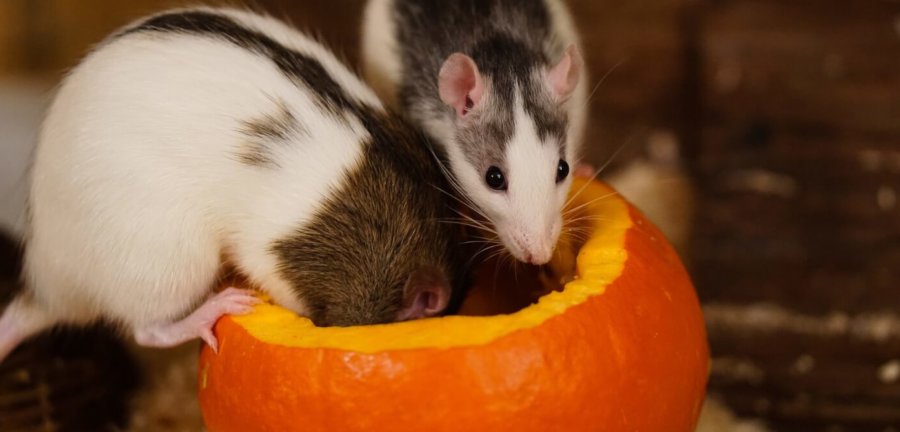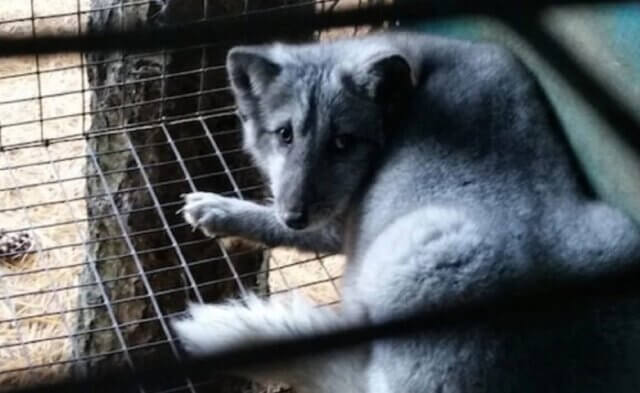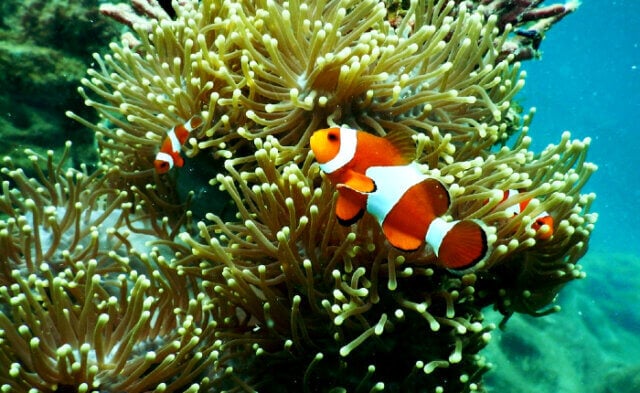People around the world had a collective lightbulb moment last year in response to a viral story out of Germany about the liberation of a rotund rat that had become hopelessly wedged in a sewer-hole cover. The remarkable rescue by firefighters and animal rescuers prompted an outpouring of support and gratitude.
Historically, rats haven’t been the recipients of much human kindness. But for many people, something about this rat’s plight managed to cut through years of societal conditioning and awaken empathy for a fellow living being.
We should all act on this revelation.
Perhaps it was the universal look of fear in the trapped rat’s eyes or the unmistakable desperation in her cries that helped people understand, as PETA President Ingrid Newkirk famously observed, “When it comes to pain, love, joy, loneliness, and fear, a rat is a pig is a dog is a boy. Each one values his or her life and fights the knife.”
People who’ve had the joy of caring for a companion rat, as I have, know this well. My beloved Angus loved to greet visitors and snuggle next to me on the sofa. His favorite food was Chinese carry-out, and he went bonkers whenever he saw the white cardboard containers. He was loyal and sweet-tempered and would cruise around the house perched on my shoulder.
Rats—who are close relatives of the gerbils beloved by many children — easily bond with human guardians because they are highly social beings. They also become emotionally attached to each other, love their families and are altruistic, risking their own lives to save others. When they’re tickled, they even giggle, albeit in frequencies that humans can’t hear.
Yet these gentle, affectionate beings are often killed in the cruelest ways — from sticky glue traps to suffocation by dry ice — simply for trying to eke out an existence in our urban jungles. Not only are these methods cruel, they’re notoriously ineffective because they cause spikes in the food supply and accelerate breeding among survivors and inevitable newcomers.
Tens of millions of rats and mice are also tormented and killed in laboratories across the country every year. The only federal law that offers any protection to animals in laboratories — the Animal Welfare Act — doesn’t even recognize them as animals.
They are subjected to horrific experiments that sound like something a mad scientist would dream up. At the University of Delaware, rats are used in the notorious “forced swim” test, in which they’re placed in a beaker of water with no means of escape and left to swim frantically to keep from drowning.
Rats at UD have also been used in barbaric experiments in which their sensitive feet are deliberately shocked just to terrorize them, newborn rats are torn from their mothers and given to other rats who are unable to care for them or alcohol is forced down their throats, and pregnant mother rats are stuffed into tiny restraint tubes and blasted with strobe lights, among other abuses.Countless other rats are used in cruel experiments on depression, loneliness and despair. They’re exploited for these studies precisely because we know that they can suffer from these conditions — yet they’re treated as if their feelings count for nothing.
If the “manhole rat” showed us anything, it’s that deep down, we know that these animals have feelings and that those feelings matter. So let’s stop ignoring our own natural empathy and show kindness to other rats.





